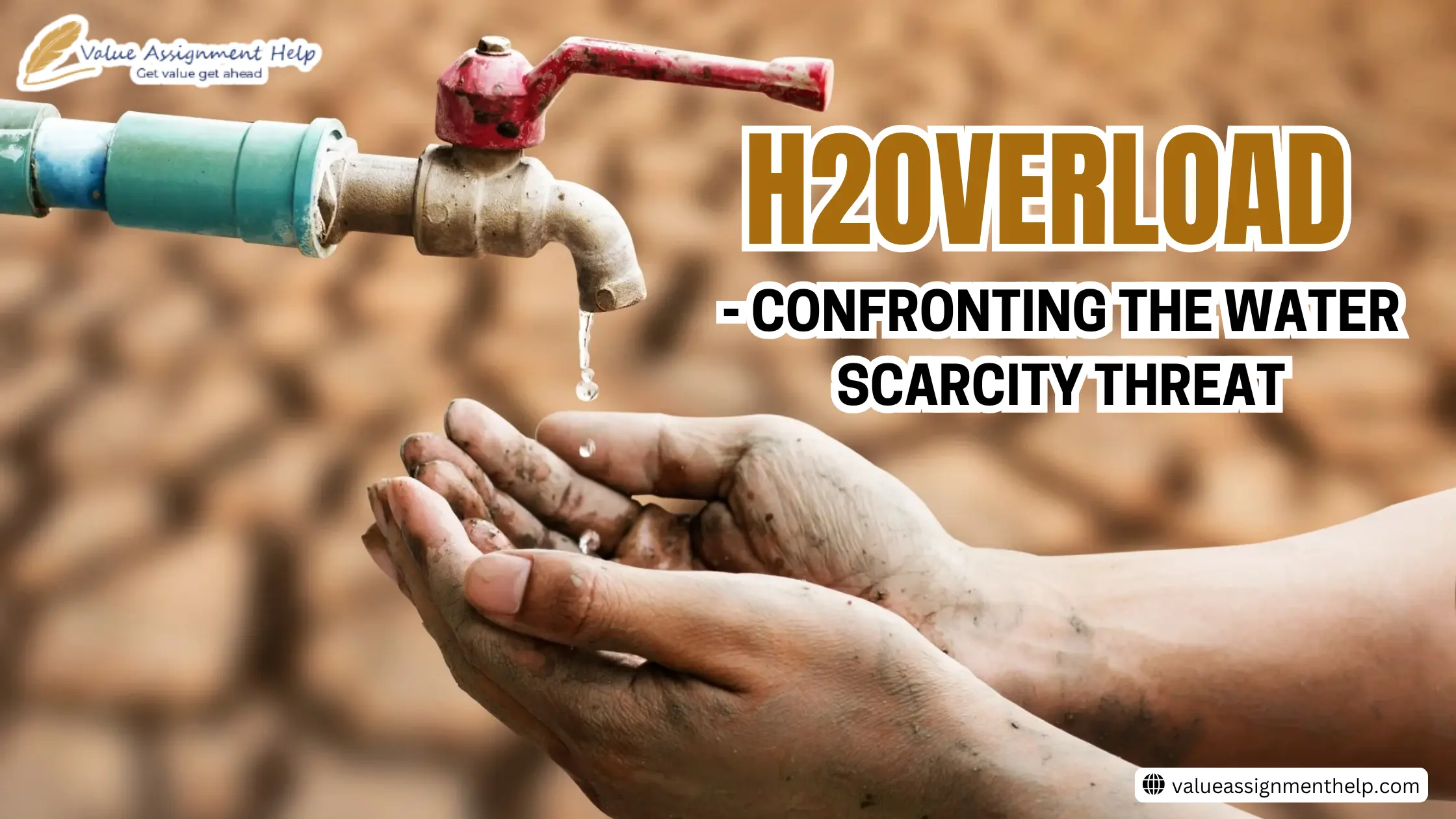Assignment
Achievement
Hire Experts
Reviews
Free Services
Grades
Offers
Order Now
50,000+
Orders Delivered
4.9/5.0
Star Rating
4000+
PhD Experts
24 x 7
Query Resolution
100 +
Subjects Catered
Our Experts
Reviews
Free Assignment Services
☞Title Pages - 100 Words
$05.00 free
☞Downloading Free Guide
$20.00 free
☞Upload Completed Tasks
$20.00 free
☞Genuine Content Report
$20.00 free
☞Consultation By Experts
$06.00 free
☞Unrestricted Revisions
$10.00 free
☞Grammar Check for Task
$25.00 free
☞Plagiarism Inspections
$25.00 free
Book Now and get Free Services Upto $0.00
Grades
Offers

1. PLACE YOUR ORDER
Whenever you fill out their order form, please read it carefully and then fill it out.

2. MAKE PAYMENT
Choose our secure payment method to pay for your order and collect your order from us with security.

3. GET YOUR DOCUMENT
Our writers write you plagiarism-free assignments and provide them to you before the deadline.
Our Experts

Search Assignments

Customers Reviews
When the news of the starship rocket failure broke out last Thursday, Elon Musk’s wealth dropped by $12 billion. Although Tesla’s underperforming shares also accounted for the decline, Starship’s failure played a significant role. Also, the failure of the starship, the world's largest rocket, was deemed one of the massive failures. So although SpaceX put up a show of optimism, what was the real impact of the starship’s rocket failure?

"Are you searching for the best assignment helpers in Australia? Come to us"
Failing can be a discouraging experience for anyone, including scientists who dedicate themselves tirelessly to achieving groundbreaking innovations. However, the scientists at SpaceX hold a different perspective. They believe that practice is key to perfection. So, despite the recent explosion of SpaceX's largest rocket last Thursday, the team, including Elon Musk, is optimistic and considers the experiment a success. This approach opens up opportunities for pioneering advancements in the field.
While it is true that the project incurred a significant cost of over $100 million and affected hundreds of jobs at Tesla and SpaceX, it is crucial to evaluate whether the project was a success or failure.
During a practice test on 20th April, SpaceX’s brand new rocket, Starship, exploded four minutes after its launch, crashing into the Gulf of Mexico. The officials said the rocket exploded because several engines did not fire during the ascent.
An out-of-control rocket containing highly explosive fuel could fire disasters; hence engineers at the base purposefully fired the self-destruct button, leading to an explosion.
During the starship launch, some damage to the surroundings was reported in the local media. As a result, the aviation administration has grounded the starship until a complete damage analysis and control are undertaken.
The 400 ft (120 m) rocket was the largest and mightiest ever built. With no satellites or crew members on board, the rocket was designed to go on an 11.5-hour around-the-world trip from Texas, near the Mexican border.
Down the line, the spaceship aims to reach crew to the moon and, ultimately, Mars.
However, the surprising part is that the mighty space vehicle crashed, reportedly costing $100 million, and SpaceX deemed it a success.
Elon Musk, the tech conglomerate CEO of SpaceX, was half optimistic about the rocket’s success. However, he regarded ‘rocket lift-off’ and ‘not exploding the launch pad’ as a success, and the longer sustenance of the Starship has given mindful insights into the space mission.
Additionally, the company was expecting to get crashed. However, in his tweet, Musk added that he is excited about the next rocket launch in a few months.
Although it seems as if Musk does not care about the explosion of a multi-million dollar rocket built over years of gruelling hard work, we do.
SpaceX, with a value of over $137 B, is the most valuable private company in the US and one of the world's largest privately owned space organizations.
And although the real cost of building a starship is not confirmed since the company is privately owned, as per the information of CNN, Musk estimated the cost of building a starship to be around two to three billion dollars during an interview back in 2019.
Ever since its establishment in 2002, the prime aim of the organization has been to reduce space transportation costs to ultimately inhabit Mars.
It has taken several spacecraft to space to achieve the goal of Mars colonization. Many succeeded, and others failed. Since March 2006, SpaceX has launched 5 ‘Falcon 1’, 204 ‘Falcon 9’, and 1 ‘Starship’ rocket, of which three ‘Falcon 1’missions and two ‘Falcon 9’ missions failed.
Falcon 1 Flight 3 (August 2008): falcon 1 was a small spacecraft operated from 2006 to 2009. However, in 2008, his was the third flight of SpaceX's Falcon 1 rocket, designed to be a low-cost launch vehicle for small payloads. However, the rocket failed to reach orbit due to a leakage problem with the second-stage engine.
CRS-7 (June 2015): This was a resupply mission to the International Space Station (ISS) using SpaceX's Dragon spacecraft. However, the Falcon 9 rocket carrying the Dragon spacecraft exploded about two and a half minutes after liftoff. The failure was caused by a faulty strut holding a helium bottle.
Amos-6 (September 2016): This communications satellite owned by Israeli company Spacecom was destroyed when the Falcon 9 rocket exploded during a routine pre-launch test. A problem with the second-stage helium system caused the failure.
CRS-1 (October 2012): SpaceX's first resupply mission to the ISS using the Dragon spacecraft. The mission successfully delivered cargo to the ISS, but the spacecraft experienced a problem with its thrusters during reentry and was destroyed. A blocked valve in the fuel system caused the failure.
It's worth noting that despite these failures of pouring billions of dollars to waste, SpaceX has achieved many successful missions and has made significant progress in developing reusable rockets, which have the potential to reduce the cost of space exploration drastically. The failures of Falcon 1 Flight 3, CRS-7, Amos-6, and CRS-1 were significant setbacks for the company, but they did not deter SpaceX from pushing forward.
Today, SpaceX is the largest private company in the United States. The company is at the forefront of tech and space aviation.
However, the project cost hundreds, if not thousands, of employees' jobs at Tesla, Twitter, and SpaceX, which were laid off due to monetary constraints over the years. All the money saved from laying off employees was poured into a massive pit hole that was expected to fail.
We cannot wrap our heads around the fact that the gruelling hard work of hundreds of scientists, billions of dollars, and years' worth of investment in the construction of a rocket that failed was nothing but a gateway to another opportunity.
We understand that to achieve great things, you must learn to sacrifice smaller things, but before investing in the unknown future, one must strive to better the present!
"Avail Our Assignment Writing Services And Get Top Quality Plagiarism-Free Solutions In 100+ Subjects"
Disclaimer: all content and intellectual property remain the exclusive property of value Assignment Help




No Comments